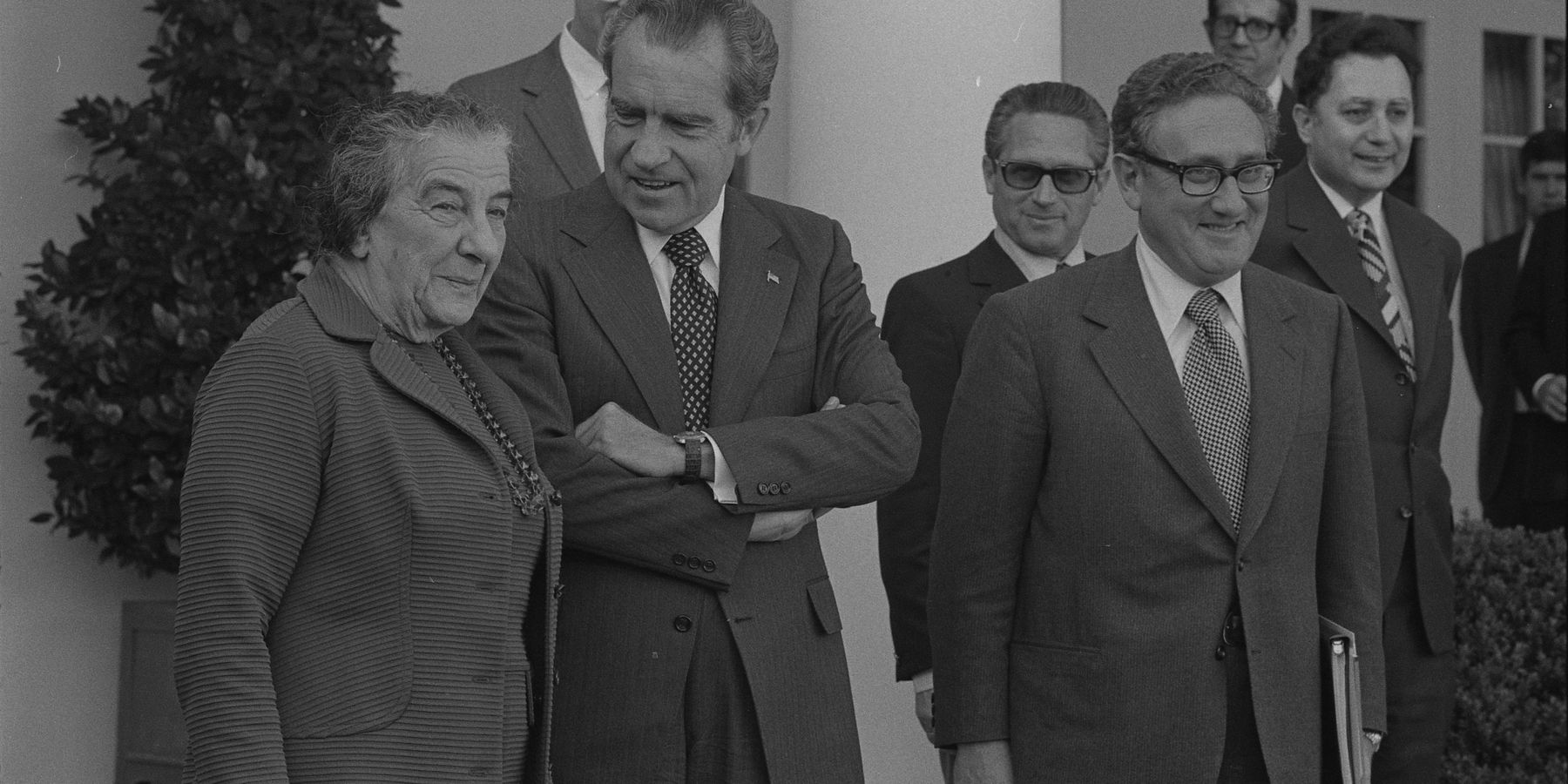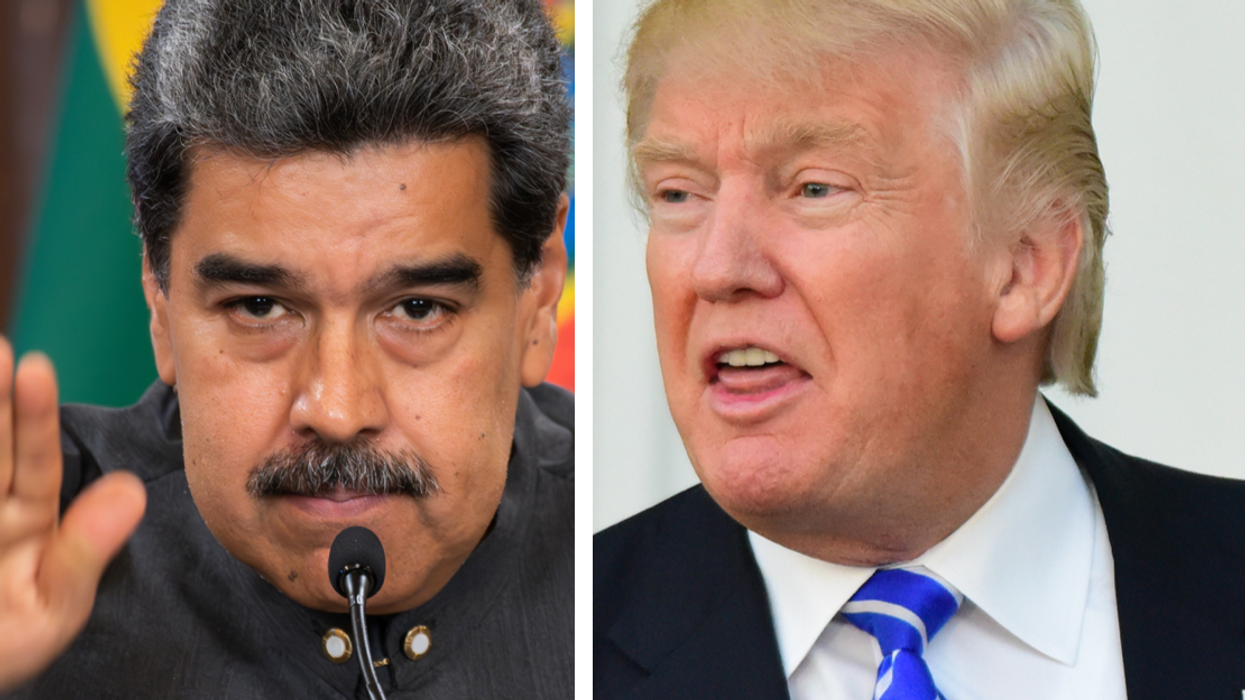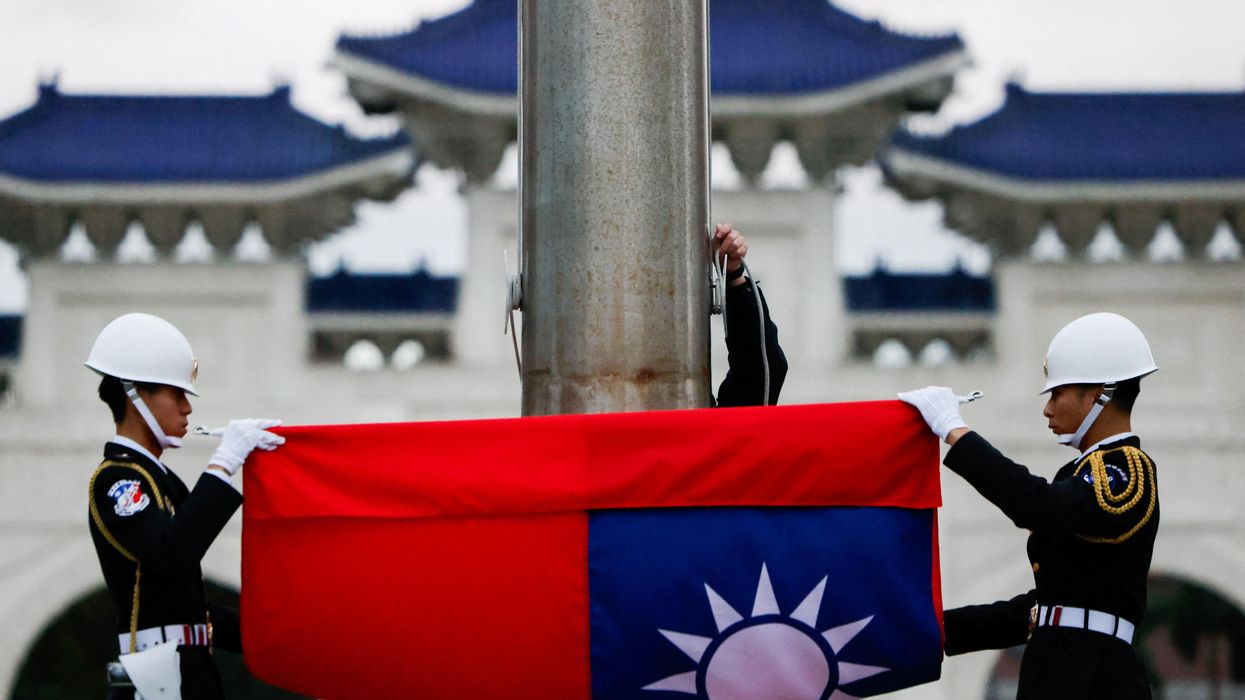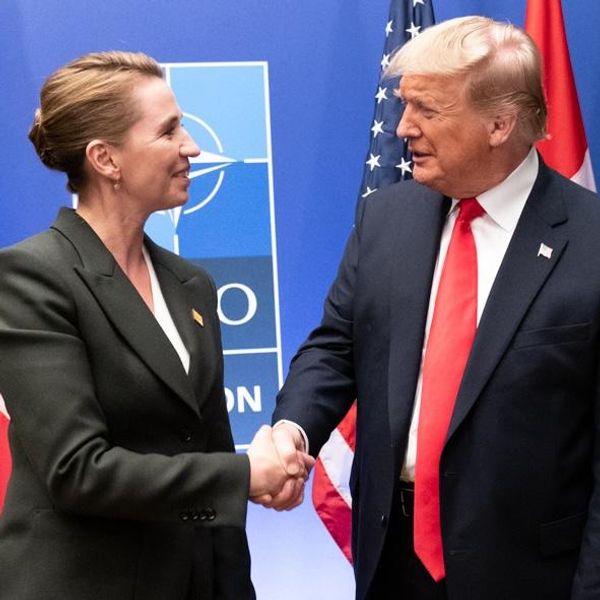Fifty years ago this week, Egypt attacked Israeli forces in the Israeli-occupied Sinai, with a simultaneous Syrian attack in the occupied Golan Heights, to begin what became known as the Yom Kippur War. The war and its diplomatic aftermath both exhibited and cemented some ways of viewing the U.S. role in the Middle East that are reflected in policy issues today.
President Richard Nixon and Secretary of State Henry Kissinger viewed the Arab-Israeli conflict, as they viewed most of their foreign policy, primarily through a Cold War lens. At the level of great power relations, such a view could yield successes such as the opening to China, which counted as a success partly as a way of outflanking the Soviet Union. But imposing the Cold War template on local conflicts could lead to unhelpful misinterpretations of what such a conflict was largely about.
An example had occurred two years earlier in 1971, when restiveness of Bengalis in what was then the eastern portion of Pakistan, followed by a Pakistani military crackdown and a flow of refugees into India, caused a South Asian crisis and a war between India and Pakistan. Most observers, including in the U.S. national security bureaucracy, viewed the crisis in terms of humanitarian needs and the satisfying of Bengali aspirations for self-determination through creation of what became the state of Bangladesh while keeping the Indo-Pakistani conflict from escalating further. Nixon and Kissinger instead saw the crisis as a Cold War proxy conflict, with the USSR supposedly instigating a move by the Indian government of Indira Gandhi to crush Pakistan.
That interpretation was almost certainly a misinterpretation of the nature of the conflict and of Indian objectives. But it was this interpretation that drove U.S. policy, which included a saber-rattling show of force by a nuclear-armed carrier task force in the Bay of Bengal. Among the ill consequences of the episode were a cementing of the USSR’s position as the dominant external power on the subcontinent through its support of India — with Moscow scoring additional points as a champion of Bangladeshi independence — and a tilt of opinion in New Delhi toward developing its own nuclear weapons.
By Cold War standards, the crisis surrounding the Yom Kippur War was much more of a U.S. success. An airlift of weapons from the United States helped Israel to ultimately prevail militarily over the Soviet-supplied Egyptians and Syrians. Kissinger was the impresario of subsequent disengagement agreements between Israel and Egypt, shutting out the Soviets. Not least, events related to the war and its aftermath led Egyptian President Anwar Sadat to abrogate Egypt’s friendship treaty with the Soviet Union in 1976 and to become more a partner of Washington than of Moscow.
The Cold War framework persists in some present-day American visions of the U.S. role in the Middle East — although with China sometimes now seen as the major great power adversary — in ways that exhibit shortcomings of that framework. Promoters of the Biden administration’s effort to broker full diplomatic relations between Israel and Saudi Arabia, in the absence of any other explanation of how this effort supposedly advances U.S. interests, contend that a normalization agreement would limit Chinese influence in the Persian Gulf region.
Such a contention continues a Cold War type of zero-sum thinking that mistakenly assumes there is a fixed amount of dealing that Middle Eastern states have with outside powers, and that doing more business with one power necessarily means doing less with another. In fact, there is no good reason to believe that even a Saudi Arabia that had exchanged embassies with Israel and been rewarded by the United States for doing so would lose the strong economic and other reasons it has to maintain extensive relations with China. Israel itself is an instructive example. The decades-long U.S. support to Israel, including $158 billion in military and economic assistance, has not kept Israel from building extensive ties with both China and Russia and trimming its policies to maintain good relations with those powers, such as on issues involving the war in Ukraine.
To the extent that sepia-tinged memories of the Yom Kippur War move away from Cold War mentalities and focus on what Arabs and Israelis were doing, those memories tend to cement the image of a beleaguered Israel valiantly defending itself against aggressive and hostile neighbors eager to push the Jewish state into the sea at the first opportunity. This image has underlain those many billions of dollars in U.S. military aid to Israel. And it is true that it was two of those Arab neighbors, Egypt and Syria, that launched the war of October 1973.
Less prominent in forming lasting and influential images is the fact that Egyptian and Syrian forces were attacking on land that Israel had forcibly seized in a war that Israel started by attacking Egypt on June 5, 1967. The immediate military objective of Egypt and Syria in 1973 was thus to regain land that had been part of those two countries until Israel captured it through force of arms six years earlier.
Israel also had fired the first shots in another earlier war against Egypt, in 1956. It later would initiate other hostilities in the region, including an invasion of Lebanon and other actions that collectively constitute more use of military force outside a country’s own territory than any other Middle Eastern state has exhibited. Today, ever since Saudi Arabia suspended its air war against Yemen, the most active campaign of cross-border military attacks in the region is the Israeli aerial assault on targets in Syria. Keeping that campaign of attacks unimpeded is one of Israel’s reasons for maintaining good relations with Russia.
Half a century after the Yom Kippur War, Israel is far from being a beleaguered nation and instead is the most militarily powerful state in the Middle East, with little hesitation to throw its military weight around. But the image of the plucky little state under threat from aggressive neighbors continues to have influence.
The political and diplomatic aftermath of the 1973 war is another part of the war’s legacy. Although at the time of the cease-fire, Israeli forces were winning and Egyptian forces were losing, the Egyptian military did well enough in the early days of the war to regain some of the honor it had lost in 1967 with its swift defeat by Israel. That gave Sadat the political room to take his peace-making trip to Jerusalem in 1977. That in turn led to the U.S.-brokered Camp David Accords in 1978, one of the signal events in what is still euphemistically called the Arab-Israeli “peace process.”
It is fitting that the 50th anniversary of the Yom Kippur War almost coincides with the 30th anniversary of the Oslo Accords, another landmark in the same “peace process,” because the political aftermath of the former set a pattern that the latter would also exhibit. That pattern is one of Israel pocketing whatever peace agreements it can gain with Arab neighbors while making indeterminate noises about Palestinian self-determination, which is continually kicked down the road and never realized.
The first part of the Camp David Accords included specific commitments about an Egyptian-Israeli peace treaty. The second part consisted of vaguer language about eventual resolution of the “Palestinian problem.” There was to be a five-year transitional mechanism in which Palestinians in the West Bank and Gaza would be given some autonomy, with negotiations on the final status of those territories to begin no later than the third year of the transitional period. A shortcoming of the Accords was that implementation of the first part (Egypt and Israel did sign a peace treaty the following year) was not made conditional on implementation of the second part.
Fifteen years after Camp David, the provisions regarding the Palestinians finally seemed to be getting implemented, with the creation in the Oslo Accords of the Palestinian Authority. But the five-year transitional period came and went long ago, and the Palestinians are as far as ever from self-determination. The “transitional” Palestinian Authority is still around, functioning mainly as a security auxiliary to the Israeli occupation and widely discredited among the Palestinian people. “What we have today,” observes Daniel Levy, president of the U.S./Middle East Project “is the language of peace in the service of illegal actions, disenfranchisement, and apartheid.”
There are too many variables to spin out a convincing alternative history regarding what would have happened had Nixon and Kissinger not stepped into the 1973 war with a surge of military assistance to Israel. But Sadat’s words and actions both before and after the war made clear that his objective was not to push Israel into the sea but rather to make peace with it, provided that Egyptian territory was restored.
Maybe if Israelis had become less conditioned to count on the United States to provide unqualified protection from any difficult situations — even ones of their own making, such as their previous conquests of other states’ territory — the subsequent history regarding the “Palestinian problem” would have been different. The U.S. handling of the Yom Kippur War, however much it might be chalked up as a U.S. win on the Cold War scorecard, was a major episode in that conditioning.
The actual history has been one of an ever-stronger Israel becoming increasingly self-assured about kicking the Palestinian can ever farther down an endless road. Policies of later U.S. administrations have furthered that process. The Trump administration’s policies of showering Israel with gifts and brokering supposed “peace” agreements with Arab countries that were not even at war with Israel convinced Israelis more than ever that they could enjoy such fruits while continuing to push farther out of reach anything that looked like Palestinian self-determination.
The Trump policies were an extreme case of tendencies that had roots in U.S. policies in the 1970s, starting with that victory-ensuring infusion of U.S. munitions during the Yom Kippur War. The Israeli response is embodied in the current extreme right-wing Israeli government, which hardly even bothers to make indeterminate noises on the subject anymore and makes obvious that its policy — if not a new Nakba and expulsion of Palestinians from their homeland — is indefinite apartheid.
This Israeli policy means indefinitely living by the sword, which is a tragedy mostly for the Palestinians but also for Israel itself, for its patron the United States, and for the cause of true peace in the Middle East.
- The Israel that fought the Yom Kippur War no longer exists - Responsible Statecraft ›
- Will US troops be drawn into the Israel-Gaza war? - Responsible Statecraft ›
- Symposium: Peace or destruction — what was Kissinger's impact? - Responsible Statecraft ›
- Will Egypt suspend the Camp David Accords? | Responsible Statecraft ›
















